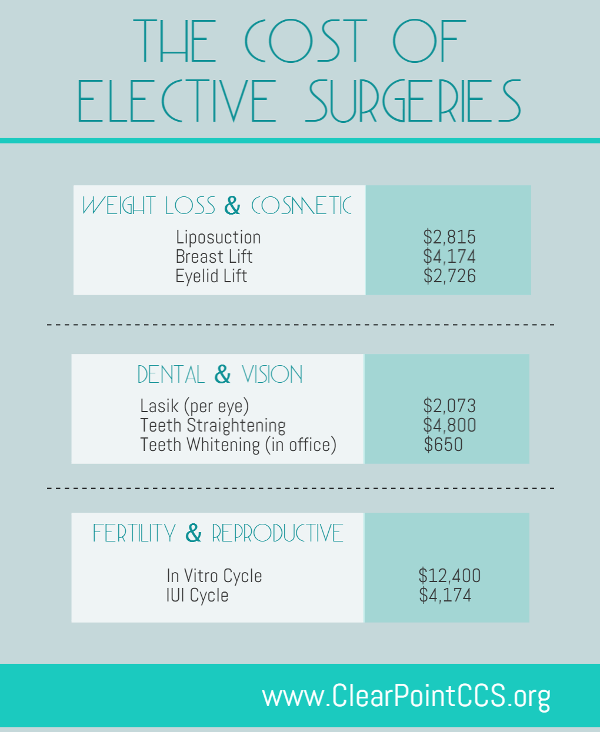How To Prevent Acne
How To Prevent Acne
Blog Article
How Does Photodynamic Therapy (PDT) Job?
Photodynamic treatment (PDT) integrates a light-sensitive medicine with unique light to eliminate malignant and precancerous cells. Your physician places the drug on your skin or inside your eye and afterwards radiates a light on the therapy area.
This mix eliminates malignant cells and saves healthy and balanced cells. Yale Medicine pulmonologist George Eapen, M.D., explains how this works.
The Photosensitizer
Photodynamic treatment (PDT) makes use of a mix of light and a medication called a photosensitizer to eliminate malignant or precancerous cells and spare healthy cells. You obtain an injection of the photosensitizer, which is then activated by light in your body. The photosensitizer is soaked up by both healthy and balanced and malignant cells however isn't harmful up until it is activated by the light.
Light-absorbing molecules, known as photosensitizers, are found in plants and pets, consisting of people. There are many photosensitizers, but the majority of have the ability to take in a certain variety of light wavelengths.
When the photosensitizer is exposed to a light with a matching spectral array, it's transformed from its ground state into an excited singlet state. This allows it to move energy to molecular oxygen, producing singlet oxygen and totally free radicals that mediate mobile poisoning.
The Light
During treatment, a special light is beamed on the area where the photosensitizer was applied. This light turns on the drug and destroys cancer cells or precancerous cells that it has targeted.
The medications that are utilized in photodynamic treatment have various absorption residential or commercial properties and several of them might take hours to leave normal cells yet stay longer in cancer or precancer cells. This procedure permits the doctor to target cancer cells more exactly than various other sorts of treatments that utilize noticeable light, such as lasers or electrocautery [54]
Photodynamic treatment can deal with the earliest spots of sun damage known as actinic keratosis and can reduce skin cancer development in individuals at high threat for creating the problem. It is likewise a choice for some individuals with damp type age-related macular deterioration, which is an usual root cause of loss of main vision in older adults. It can not bring back the loss of vision brought on by this condition, however it can slow down the progression of uncommon capillary growth that triggers wet AMD.
The Activation
Photodynamic treatment (PDT) makes use of a drug and light to deal with cancer cells and various other skin problem. It targets precancerous cells and kills them. Unlike other cancer treatments that shed and ruin, this therapy kills precancerous cells while saving healthy tissue.
The photosensitizer is provided into the skin via topical, oral or intravenous administration. It is absorbed by the growth cells and turned on when revealed to light of a specific wavelength. This causes a series of photochemical reactions that creates reactive oxygen types (ROS) that damages lump tissue and eliminate cancer cells.
PDT is frequently utilized to treat actinic keratoses and in situ squamous cell carcinoma (Bowen illness). It can also be used to california deal with other kinds of skin cancer cells, consisting of surface basal cell carcinoma. It can be used alone or with various other therapies, such as surgical procedure or radiation. It can also reduce lumps in the lungs, permitting surgical treatment or various other therapy to be risk-free and reliable.
The Therapy
PDT works ideal in tiny abnormal locations of tissue that a light can reach, such as the skin, eyes, mouth or food pipeline (oesophagus) and lungs. It is also made use of to treat precancerous growths, such as actinic keratoses, which are sun-damaged cells that can develop into cancer cells.
Doctors administer the photosensitizer as a cream or shot, and after that shine a light on the therapy area. The light ruins the abnormal cells. While healthy cells take in the photosensitizer, it remains much longer in malignant cells.
After the treatment, your body naturally deals with the dead cells. Clients with lung cancer cells may experience divulging blood or have a bronchoscopy to get rid of the lungs of the dead tissue. In many cases, your physicians might use a bronchoscopy to eliminate the photosensitizer from the lungs as well if it causes serious signs and symptoms. It is essential to stay inside and utilize sun block when you go outside while the photosensitizer is in your system.